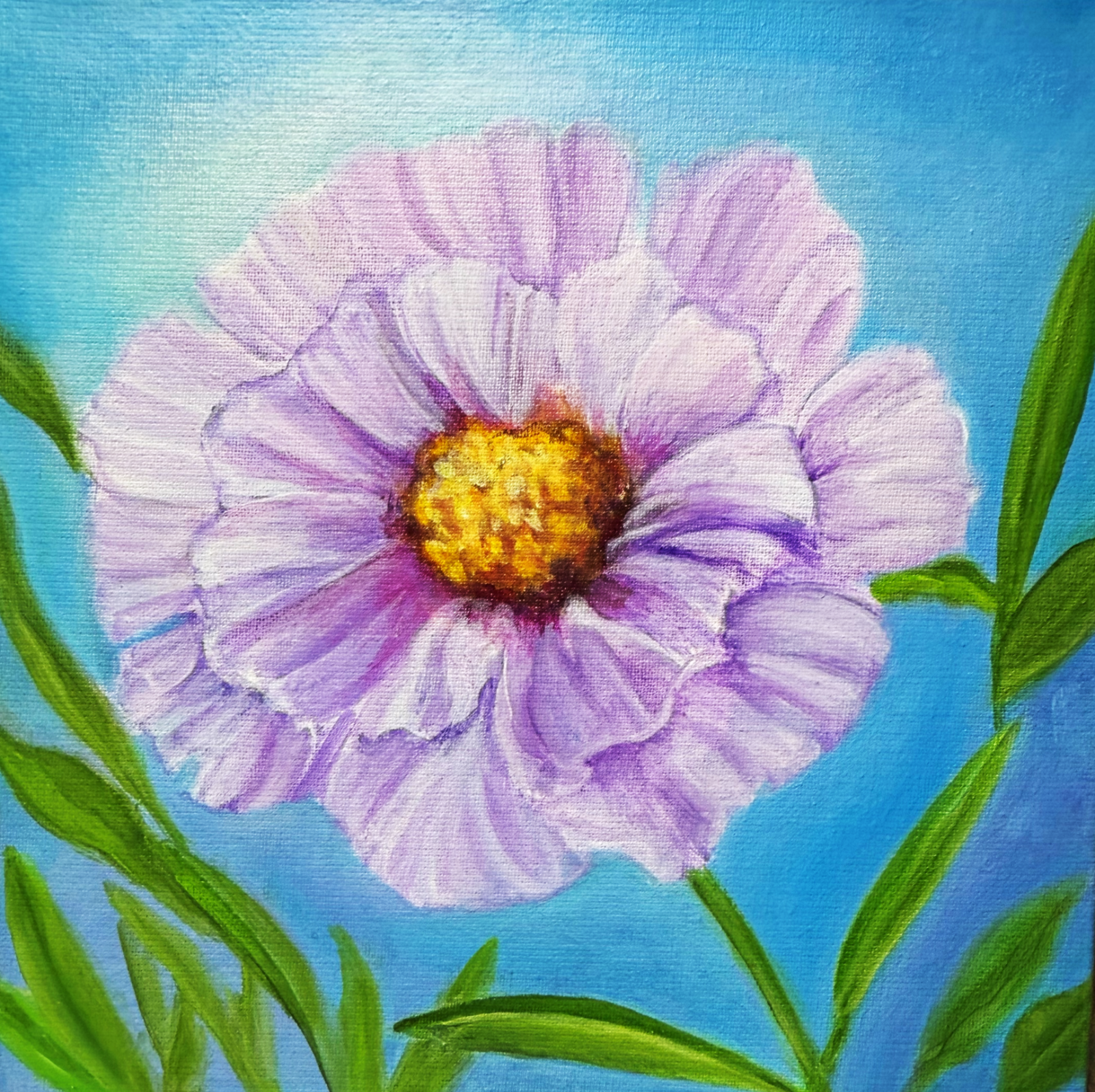Art Therapy For Peace and Well-being
Receive Well-Being and Healing Through Art
Art Therapy Introduction
Art therapy is a form of therapeutic practice that uses the creative process of making art to facilitate self-expression, self-awareness, and personal growth. Before I continue, I want to make it clear that I am not an art therapist. I am an author and writer only. I am only explaining what art therapy is to ensure that my helping people use art to heal is based upon my experiences with art in helping others only.
This widely recognized and respected field has gained popularity in recent years for its ability to help individuals of all ages and backgrounds explore and address emotional issues, mental health concerns, and stress-related problems. However, the legal requirements and implications surrounding the practice of art therapy are complex and multifaceted.
One of the key questions surrounding art therapy is whether a license or certification is necessary for individuals to practice professionally. While the field of art therapy is not regulated in the same way that fields like counseling or psychology are, many professionals in the field argue that having a license or certification is essential to ensuring the quality and safety of the services provided. For example, the American Art Therapy Association (AATA) offers a Board Certification in art therapy, which requires individuals to have a master's degree in art therapy or a related field, completed clinical experience, and passed a national board exam.
Proponents of licensing in art therapy argue that it helps to protect the public by ensuring that practitioners meet a certain level of education, training, and ethical standards. It also helps to legitimize the profession and differentiate trained professionals from those who may not have the necessary qualifications. Additionally, having a license or certification can make it easier for art therapists to obtain malpractice insurance, access certain treatment settings, and be recognized by insurance companies for reimbursement.
On the other hand, opponents of licensing in art therapy argue that it can be overly restrictive and exclusionary, particularly for individuals from diverse backgrounds or non-traditional paths to becoming art therapists. Some also believe that licensure could limit the creativity and flexibility of the therapy process, as therapists may feel pressured to adhere to certain protocols or guidelines. There is also the concern that licensing could create barriers to entry for aspiring art therapists, particularly those who may not have the financial means or access to accredited programs.
To better understand the implications of licensing in art therapy, it is important to consider the perspectives of both practitioners and clients. For practitioners, licensing can provide a sense of professional identity and credibility, as well as access to resources and support from professional organizations. For clients, licensing can offer a sense of assurance that their therapist has met certain standards of education and training, and is held accountable to ethical guidelines.
One example of the impact of licensing in art therapy can be seen in the case of a client who sought out an art therapist for help with managing anxiety and depression. The client chose a therapist who was licensed and board-certified, as they felt more confident in the therapist's abilities and qualifications. Through a combination of art-making and verbal processing, the client was able to explore their emotions and gain insight into their underlying issues, leading to significant improvements in their mental health.
Art Therapy Conclusion
In conclusion, the issue of licensing in art therapy is a complex and nuanced one that has implications for both practitioners and clients. While there are valid arguments on both sides of the debate, it is important for the field to continue to engage in dialogue and collaborate on finding solutions that balance the need for regulation with the desire for inclusivity and creativity in therapy. Ultimately, the goal should be to ensure that individuals seeking art therapy services receive high-quality care from trained professionals who can help them achieve their therapeutic goals.
Finding Beauty in Art
Through Art Therapy





